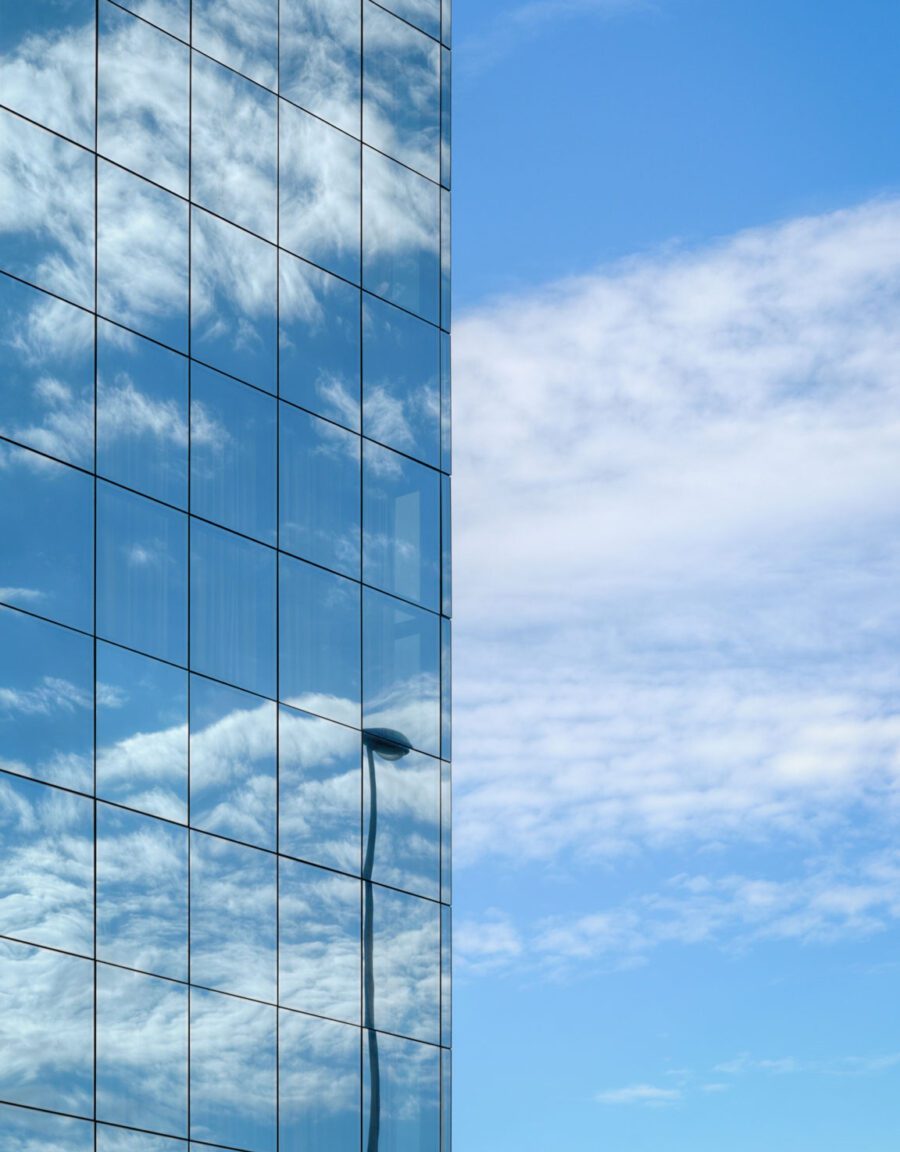Above All Store Fronts merges safety with quality, utilizing the latest architectural innovations and adhering to the most stringent safety standards. During all aspects of the construction process, we prioritize the well-being of our employees, project partners, and future occupants of the building. Our design-assist workflow lays the groundwork for stunning façades with both form and function. This post focuses on the information necessary to build and install exterior façades that withstand harsh weather conditions and other unexpected events.
Building Codes and Guidelines
The American Society of Civil Engineers (ASCE) and their Structural Engineering Institute (SEI) help develop technical guidelines for building codes throughout the US. ASCE/SEI 7 defines the standards for wind loading requirements. The Building Code of New York State utilizes ASCE, ASTM, and other national and international guidelines to keep residents and workers throughout our region safe.
Structural Occupancy Category and Risk Category
Risk categories range from I to IV. Risk Category I structures have the lowest potential for damage that puts human life in danger. Risk Category IV structures have the most strict design requirements and are built to remain operational during catastrophic events. Risk Category IV buildings include hospitals, rescue service buildings, emergency shelters, and other essential structures. Most buildings fall into Risk Category II, typically including:
- Office buildings
- Retail centers
- Commercial buildings
- Apartment buildings

Wind Loading Requirements
Regional wind speed data determines wind loading requirements and is then applied to the design of each building’s risk category.
Technical Details
Wind loads on every building or structure shall be determined in accordance with Chapters 26 to 30 of ASCE 7. The type of opening protection required, the basic design wind speed, V, and the exposure category for a site is permitted to be determined in accordance with Section 1609 or ASCE 7. Wind shall be assumed to come from any horizontal direction and wind pressures shall be assumed to act normal to the surface considered.
–2020 Building Code of New York State (Adopted from the International Building Code (IBC) 2018)

ASTM E1300-16 – Standard Practice for Determining Load Resistance of Glass in Buildings
The American Society of Testing and Materials (ASTM) defines the architectural glass and glazing standards within New York State’s Building Code.
Technical Details
These factors include but are not limited to: thermal stresses, spontaneous breakage of tempered glass, the effects of windborne debris, excessive deflections, behavior of glass fragments after breakage, blast, seismic effects, building movement, heat flow, edge bite, noise abatement, and potential post-breakage consequences. In addition, considerations set forth in building codes along with criteria presented in safety-glazing standards and site-specific concerns may control the ultimate glass type and thickness selection.
–ASTM
Integrating Data With Design
At Above All Store Fronts, we help our construction partners, ensuring every detail of the design and installation aligns with all relevant safety requirements. Contact us today to learn more about our time-tested process.

